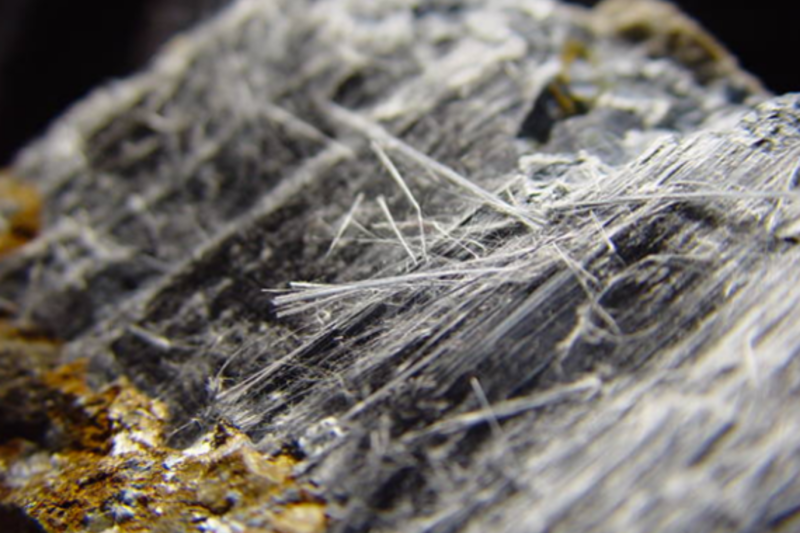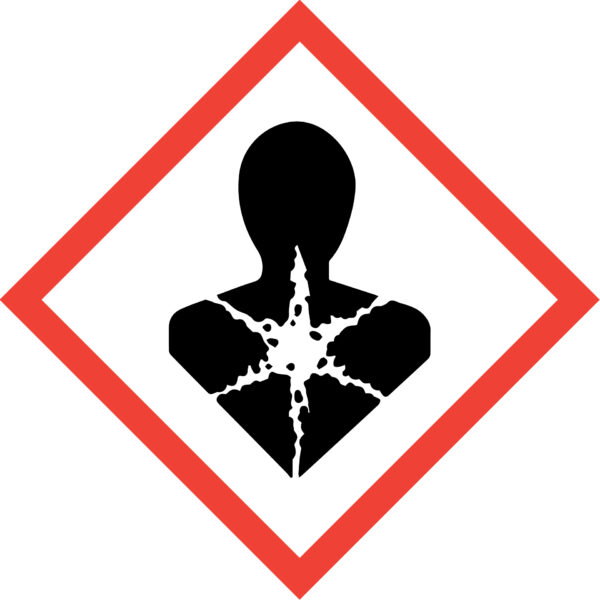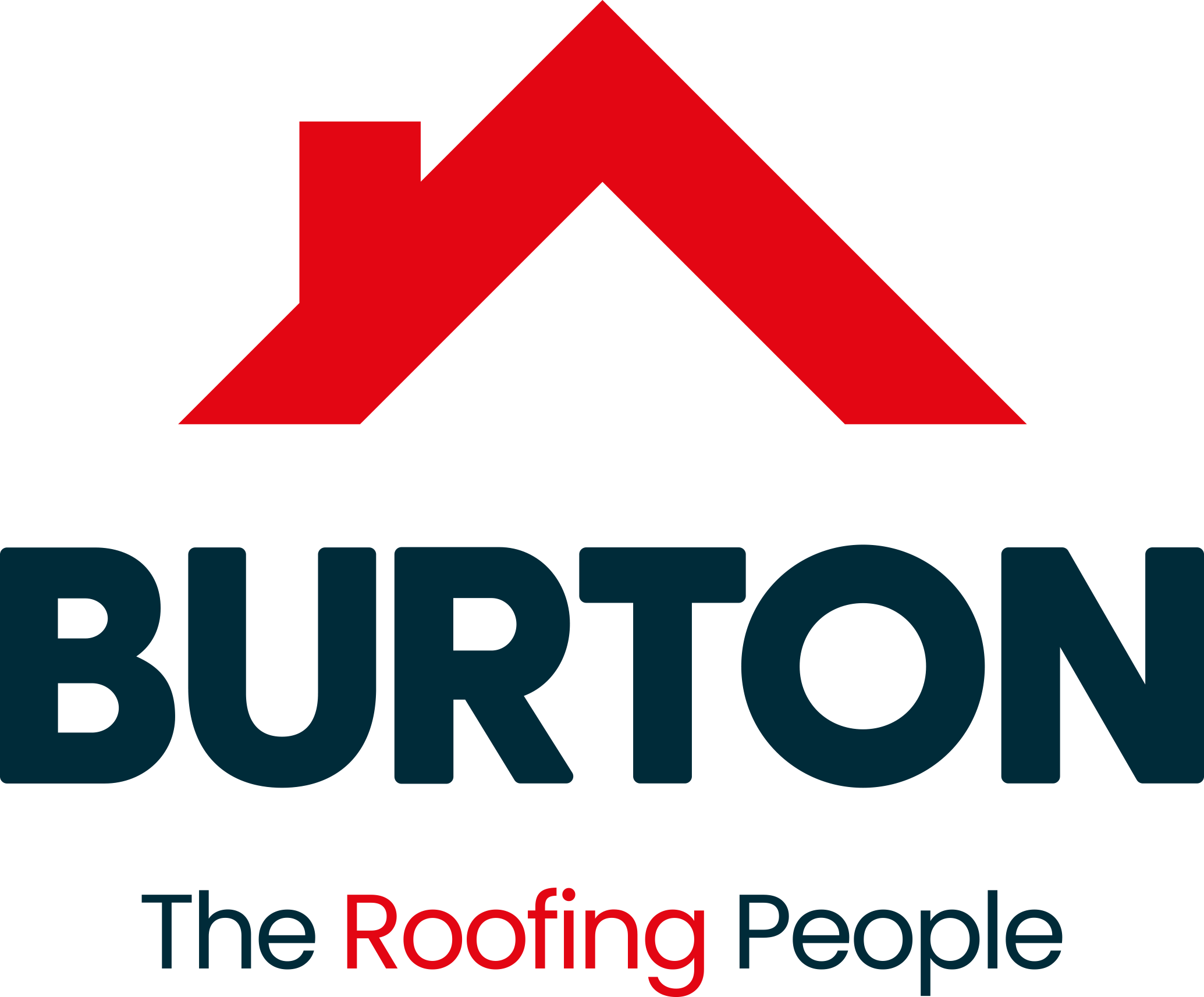Are Asbestos Roof Tiles Dangerous?
Asbestos is often found in old homes and commercial buildings, but what is it?

Asbestos was first discovered in ancient Greece by one of Aristotle’s students. Asbestos is actually a naturally occurring type of stone. It has many desirable properties such as being heat and fire resistant (even when doused with oil!), it’s stronger than steel, doesn’t biodegrade, dissolve in water or evaporate. It’s a wonder material which is why it was widely used in the building industry, with extensive mining of the mineral taking place from the 19th century.
There are six different types; amosite, crocidolite, chrysotile, tremolite, actinolite, and anthophyllite. They appear naturally as different colours, with the brown type (amosite) being the strongest. It is however the white asbestos, chrysotile, that is used most often in buildings - it looks like wood or fibre and is softer and more pliable than the other types - it makes it perfect for use in roof tiles and insulation.
Why is asbestos hazardous to health?
Asbestos would be mixed with other materials such as cement to create roofing tiles, the portion of asbestos being around 10-15% of the overall mix. Of course these kind of tiles are now banned as it was discovered that asbestos inhalation can lead to lung and pulmonary diseases. If asbestos crumbles the threads can become airborne or water borne and inhaled or ingested, because it is still not biodegradable, it can cause a build up in the lungs leading to blockages. Asbestos inhalation has no symptoms, and it has no smell, so you can be inhaling or ingesting asbestos and not know about it until it is too late. Diseases specific to asbestos are lung cancer, mesothelioma (cancer of the lining of the lungs), and asbestosis (a chronic lung disease). Many asbestos miners suffered and died with these three diseases.
Are asbestos roof tiles safe?
In their undamaged form, asbestos roof tiles present no risk as the asbestos is held firmly in place by the cement. The risk comes about when tiles begin to degrade and the cement weakens and breaks away, leaving asbestos exposed to the air. Damaged tiles with asbestos need to be handled and removed with extreme care using appropriate safety equipment. If you are doing renovations anyway, it makes sense to take the opportunity to replace roof tiles with modern versions without asbestos. If however tiles are in good condition, it is fine to leave them in place. Professional removal will require a survey, with actual removal costing from a few hundred (for a garage) to several thousand pounds (for a house roof). It is advised you do not attempt asbestos removal yourself, hire a professional contractor.
